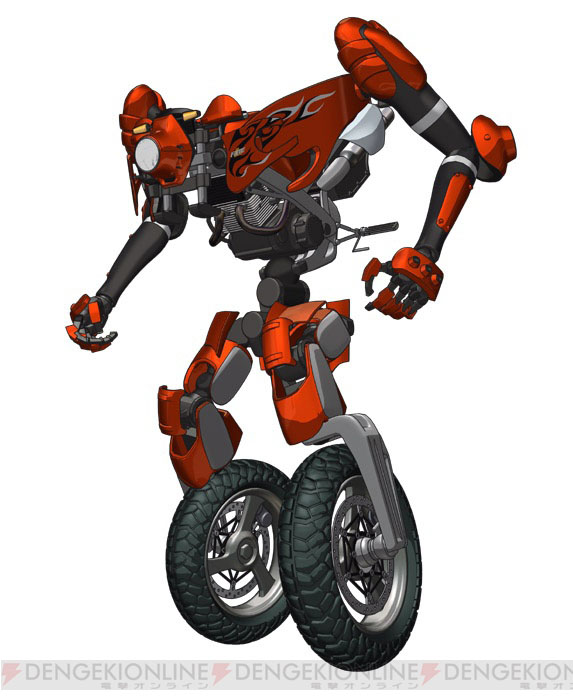I’m teaching Computer Engineering in a school computer lab. It’s the nicest lab in the school, and I don’t want it any more.
I recently described it to my principal as, “trying to teach auto mechanics in a new car show room where you can’t touch anything.”
Computer engineering in school underlines everything I don’t like about school computer labs (and that list is long). I don’t think school computer labs teach students anything helpful about computers. In fact, I think they are specifically designed to be out of date, glitchy, inaccessible and frustrating – hardly the mindset you want to put students in when you’re teaching them how to learn effective operation of an extremely powerful learning tool.
Essentially, what we try to do in school computer labs is teach students how to ride a bicycle by having a professional bike rider come in when they aren’t there, maintain and ride an old bike, then leave it there for them. We then tell the students to get on it and ride with no hands on experience, practice, training or intent. We then get angry with them when they fall off and damage the bike, or ride it pointlessly in circles.
Whether it’s media arts labs, or school computer labs in general, I’m not a fan. The fact that they haven’t changed significantly in form or function since I graduated from high school in 1989 should bother people, but the real bee in my bonnet is the lack of ownership in our understanding of technology.
If you want to use technology in your classroom (and in 2012 you’d have to bury your head pretty deep in the sand to not want to), then you the teacher need to understand how it works, and you need to teach this to your students. The willful ignorance I meet in staff is sometimes good for my ego, but never productive in developing technical literacy in our students.
With our old tech, people are familiar enough to know what they are doing:
… but not so much with our new technology. We need to address that. Until we’re all familiar enough with the digital tools we’re expected to be literate in that their use is second nature, we need to spend time, especially in the classroom, learning what they are, and you can’t do that in a school board IT straight jacket.
I’m not advocating for a ground up build your own computer when you want to type out an English paper (that’s what computer engineering is for), but I am advocating for an open, author-able, stable, up to date system that allows teachers and students to become familiar with the options and customization available on this equipment (something impossible in our board, locked down, forget-everything-when-you-log-off terminals).
Back to the lab that isn’t a lab.
When I was doing my AQ for computer engineering in the summer, our instructor showed us his new classroom in his new school. It was fantastic. Work benches filled it, fabrication tools and a few tables for the odd sit down talk. It looked like a room where making happened. There wasn’t a single board computer in there.
Later in the summer, when I was picking up computers from a school in Guelph (a teacher, working in the summer? Evidently), I saw their lab and it was the same idea: workbenches and stacks and stacks of parts; a room where hands-on learning happens.
I’m not entirely sure why we feel that computer engineering should be happening in a computer lab at my school. My seniors don’t use the school computers at all, and my juniors are only on them because they are there. I’d much rather they be hands on with machines, except there isn’t enough room in a lab full of school computers to make another network.
What do I want? One of the de-labbed classrooms where there are plenty of electrical drops. I’d be willing to evacuate the much in demand lab if I could get a room that let me store my equipment and set it up as I need; a room that was truly a lab where experimentation and hands-on discovery happens.






























-MOTION.gif)
